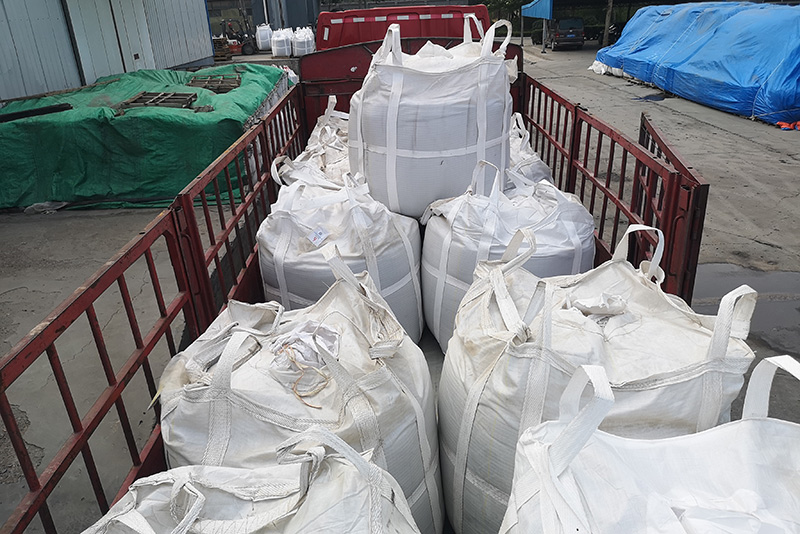Understanding Sand Casting and Its Various Sand Types
Sand casting, also known as sand molded casting, is one of the oldest and most widely used methods of metal casting. It involves creating a mold from a mixture of sand and a bonding agent, then pouring molten metal into the mold to form the desired shape. The longevity and popularity of sand casting can be attributed to the versatility of the materials used, especially the types of sand utilized in the process. In this article, we will explore several types of sand used in sand casting and their specific characteristics.
1. Green Sand
Green sand is perhaps the most common type used in sand casting. It is a mixture of sand, clay, and water, which gives it a high level of plasticity. The “green” in green sand refers to the fact that the mold contains moisture when pouring the molten metal. This moisture provides the necessary strength and flexibility for the mold. Green sand is favored for its excellent ability to fill intricate shapes and for its affordability. However, it may not be suitable for every casting process due to its moisture content.
2. Dry Sand
Dry sand differs from green sand in that it contains no moisture. It is generally made from silica sand mixed with a bonding agent, such as resin, that helps it maintain shape and strength when dry. Dry sand molds can withstand higher temperatures and are often used for larger or complex castings where high precision is crucial. The absence of moisture means there is a lower chance of defects caused by steam or gas escaping from the mold during casting.
sand casting sand types

3. Oil-Bonded Sand
Oil-bonded sand is a blend of sand and a petroleum-based binder. This type of sand is particularly useful for creating molds that require high durability and strength. The oil binding agent gives the sand a unique combination of flexibility and resilience, making it suitable for a wide range of metals, including aluminum and iron. Oil-bonded sand is often used in industries where higher dimensional accuracy and surface finish quality are required.
4. Shell Sand
Shell sand casting involves a process whereby sand is coated with a thermosetting resin and heated to form a hard shell mold. This method produces extremely accurate and fine details, making it ideal for intricate designs. Shell sand molds can handle high temperatures and produce castings with excellent surface finishes. Due to the complexity of the process, shell sand casting is typically more expensive and is often used for high-end applications or components that require precision.
Conclusion
Each type of sand used in sand casting has its unique properties that cater to different casting requirements. Green sand is versatile and cost-effective, while dry sand offers strength at higher temperatures. Oil-bonded sand provides resilience, and shell sand is perfect for detailed, precise castings. Understanding these various types of sand helps manufacturers choose the right material for their specific casting needs, thereby ensuring high-quality outcomes in their production processes. As technology advances, the methods and materials used in sand casting continue to evolve, making it an essential technique in modern manufacturing.
Post time:נוב . 04, 2024 15:27
Next:Techniques for Sanding Resin to Achieve a Smooth Finish
